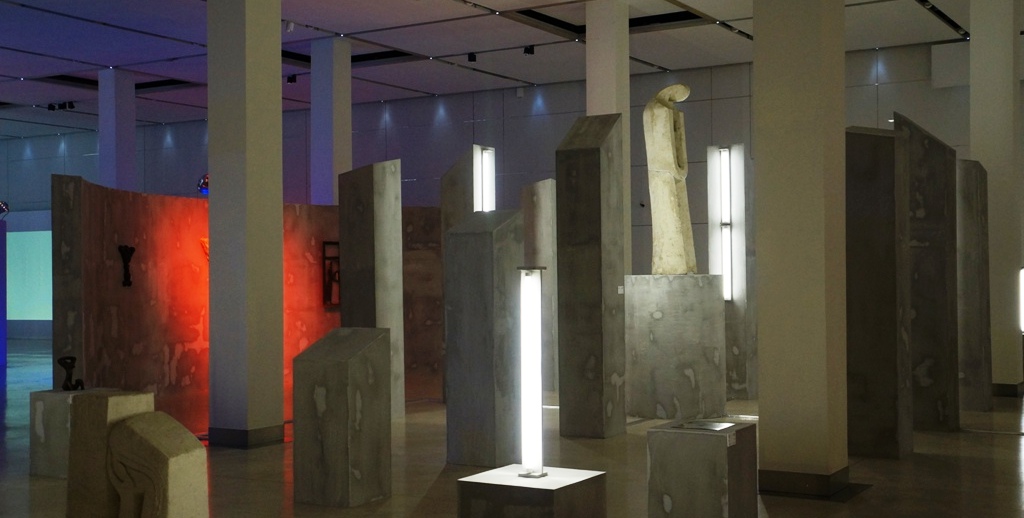
The sculptures we can see now
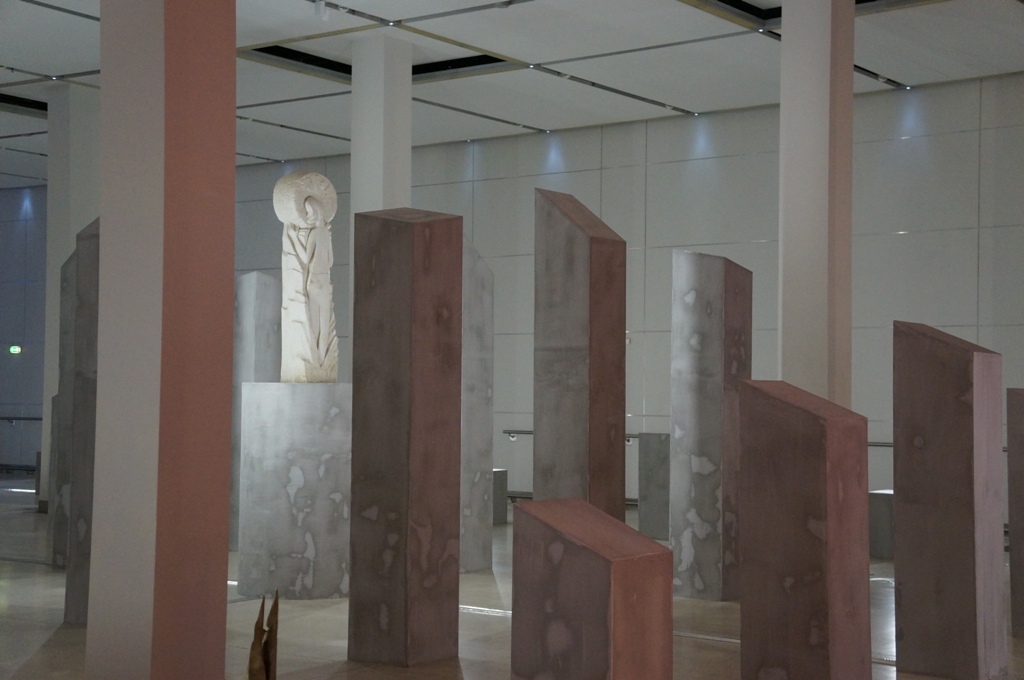
Several art works in this Moscow show have been vandalized by orthodox religious fanatics. Sergey Guskov visited the show and wonders what is wrong with the religiously inspired works of these important post-war Russian modernists?
Nobody could expect that the exhibition The Sculptures We Do Not See in Central Manege Exhibition Hall near the Kremlin would cause a massive media scandal. Opening on the evening of August 13, the very next day the project was hit by a group of vandals naming themselves "Orthodox activists". This group, led by an agent provacateur and Right-wing media-activist Dmitry "Enteo" Tsorionov, who is well known for attacks on the Rodchenko Art-school and several Pussy Riot supporters, claimed that artworks of Vadim Sidur, a famous Soviet sculptor and a "headliner" of this exhibition, were in violation to the blasphemy law — a medieval-alike law which still exists in Russia.
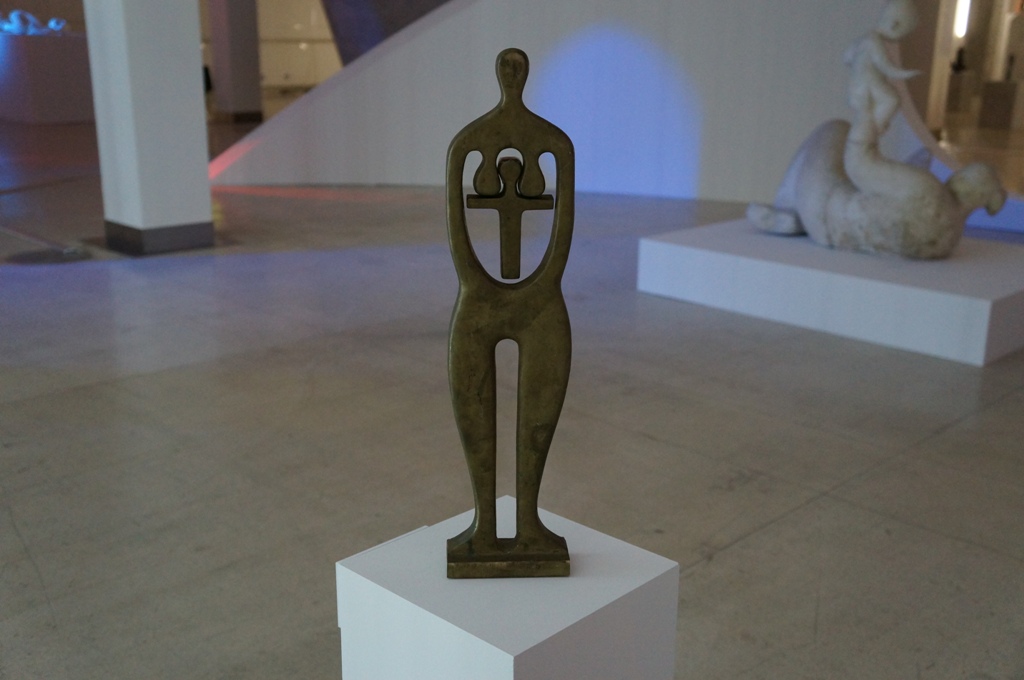
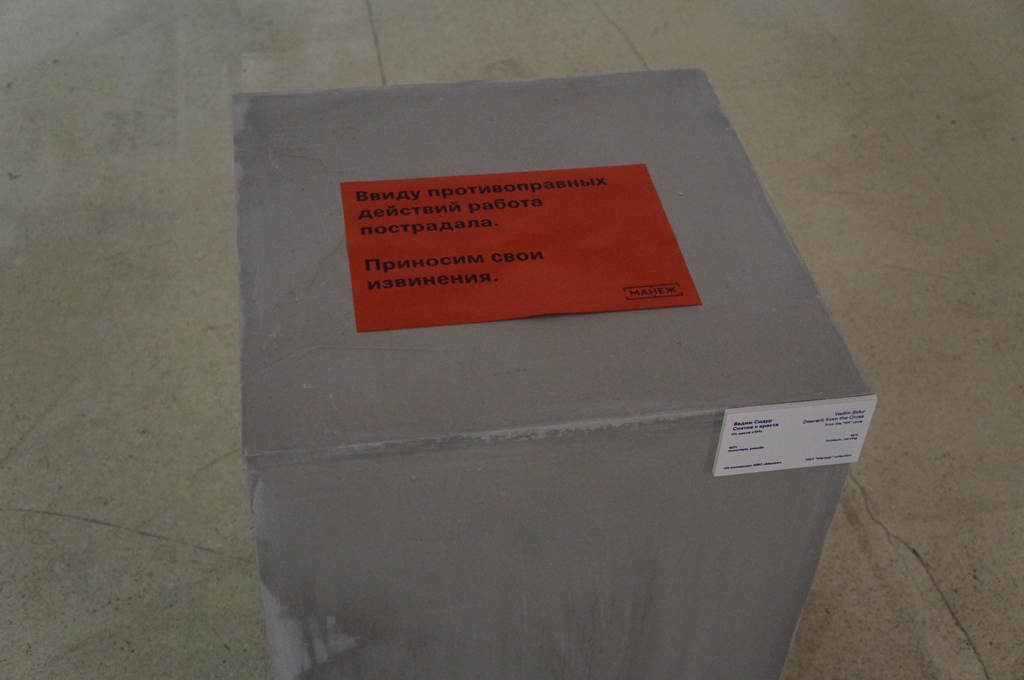
Enteo and his group damaged four pieces by Sidur (carvings on linoleum, one of them was even totally destroyed) and they attacked an installation made by a young artist Megasoma Mars and dedicated to the Beheading of St. John the Baptist, a quite usual subject in European art. Now the exhibition is still open. The damaged artworks are inspected by police experts, and both sides of the conflict are preparing for a trial.
The exhibition, which is curated by Vera Trakhtenberg and the installation architect Petr Tolpin, is based on the idea to show artworks of Vadim Sidur and participants of the LeSS art group (1954-1968) among whom Nikolai Silis and Vladimir Lemport. Their work was part of the Shestidesyatniki (Sixtiers) culture, a generation of a hope that wanted to leave behind previous horrors like Stalinist state terror or the Second World War.
The artists themselves survived the war. Silis lived two and a half year in Leningrad while it was under siege by German troops. Lemport and Sidur fought in the Red Army against the Germans. Sidur was seriously wounded and lost a part of his jaw.
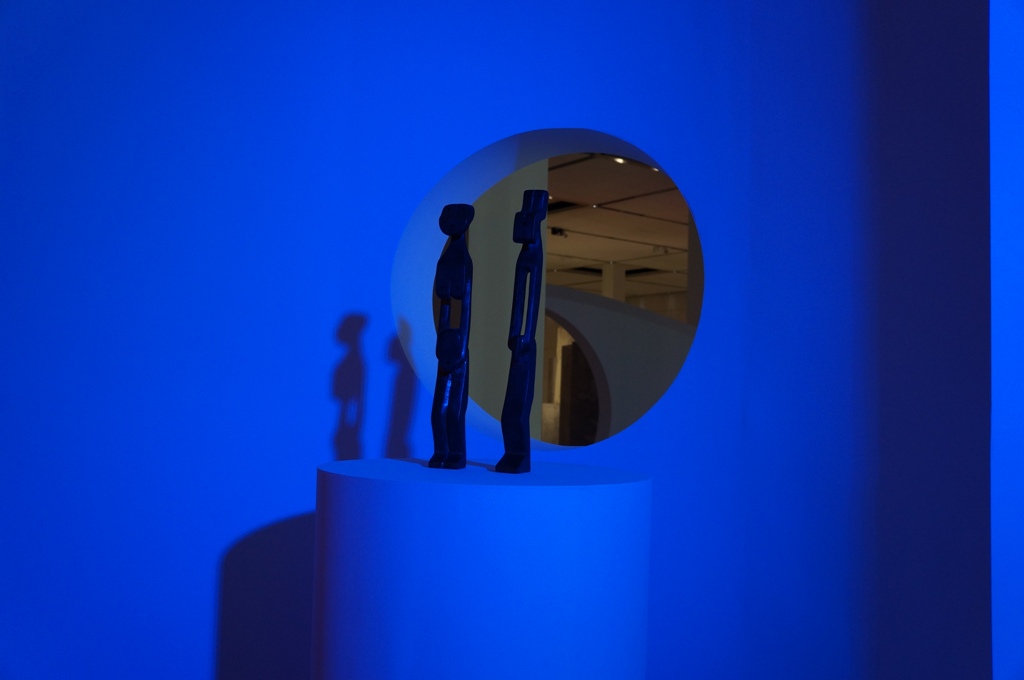
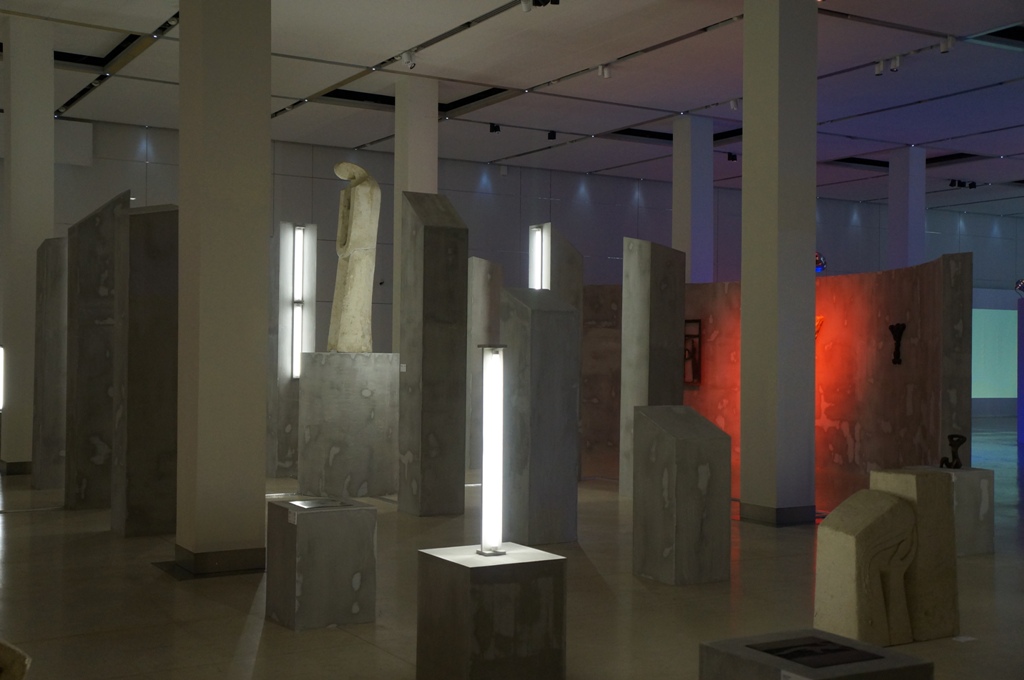
Images of the war, of the Holocaust in Europe and late-Stalinist antisemitic campaign in the Soviet Union strongly influenced the LeSS group, especially Sidur. His art and that of several others in their group describe the tragic feeling of human fragility – it was one of the reasons why many members made a number of gravestones and public monuments dedicated to victims of war or repressions.
There is also another side to the work. The members of LeSS also believed in the possibility of a humanist utopia as well as a quasi-religious spiritual quest. You can find a lot of religious scenes in their art, especially episodes of the Passion of Christ. The religious themes are combined with unmistakably erotic motives. Precisely this combination of traditional Christian scenes, eroticism and late-Modernist aesthetics make the work so intolerably provoking for Orthodox extremists.
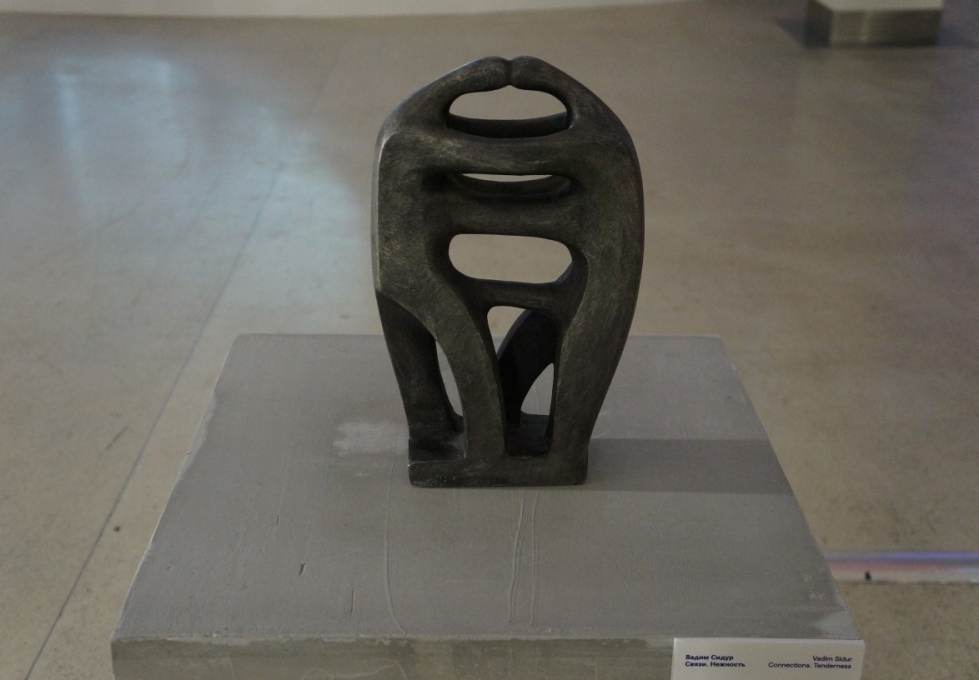
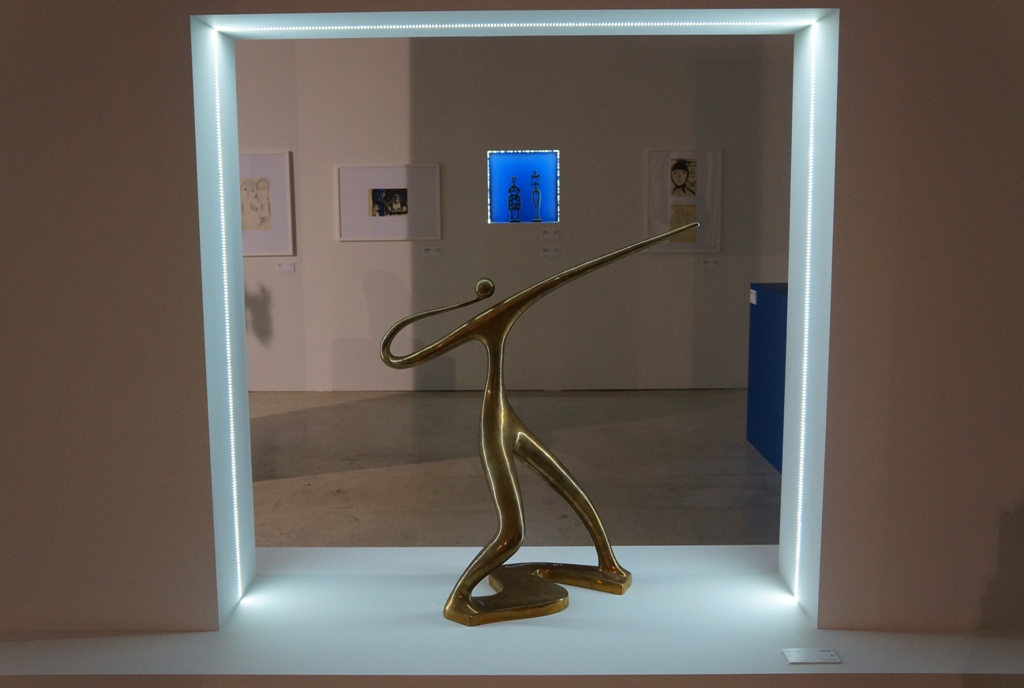
These Orthodox extremists forget that it was Sidur who played a major role in the religious renaissance in Russia after decades of militant atheism during the Soviet era. So in some way Enteo and other Orthodox fundamentalists owe their existence to this Soviet sculptor!
Sidur’s understanding of religion is different from the canonic Christianity — for him, it wasn’t a religion of God but of man. As we know fundamentalists of any kind won’t ever agree with one of the general characteristics of art (contemporary art in the wide meaning) — and its readiness to re-interpret an image, a subject or an idea, like Sidur did.
You could state that in case of this show in the Moscow Manege it was religious orthodoxy that attacked the orthodoxy of Modernist art. Sidur is also called “the Soviet Henry Moore”. So as Benjamin Sutton from Hyperallergic expressed it quite well, “These modernism-hating Russians evidently don’t know their art history — anybody whose work has been likened to that of Henry Moore is clearly a member of the orthodoxy.”
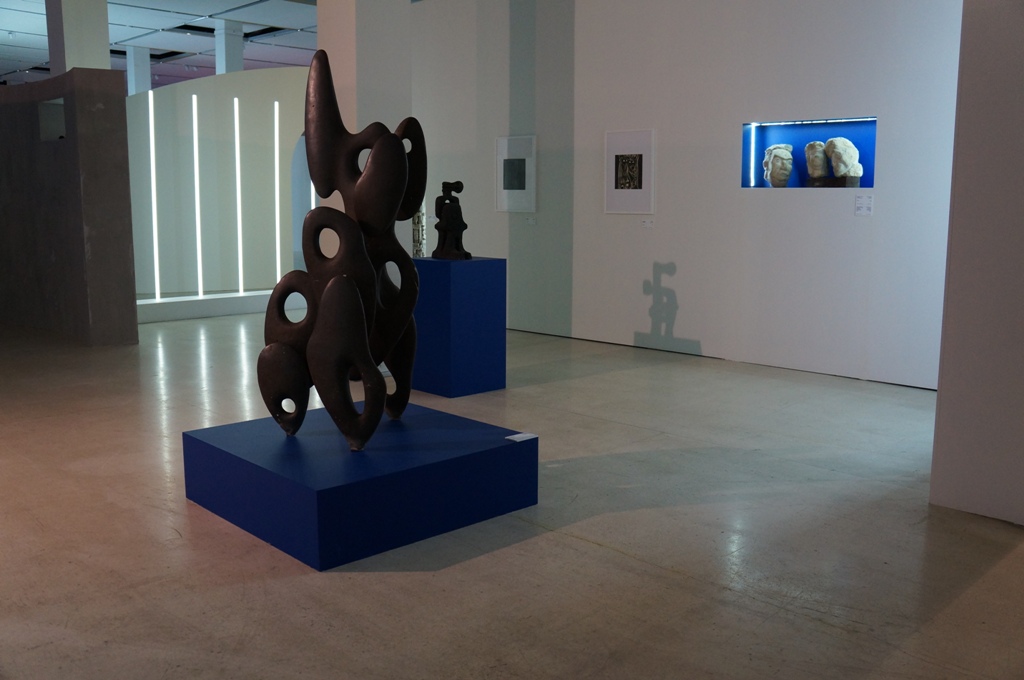

For many contemporary Russian artists and curators this part of art history from the Soviet period has never been a topic they really were interested in. In spite of the fact that this early Nonconformist art became internationally famous there always was a gap between this part of non-official culture and later Moscow Conceptualists and other groups of 1970s and 1980s. In the late 1980s, after disintegration of the USSR Nonconformist artists were “legalized” and gained recognition from the state (for example Sidur’s artworks were given to museums, and even a museum of his name was founded in Moscow) but at the same time they fell out of actual discourse and art process.
Here is the paradoxical situation that these outmoded artists were put into a contemporary context, exhibited next to today’s art and attacked by radical haters of contemporary art as being a representative of it. However the attack might be described as a disgrace, it is thanks to the folowing media attention that skeptical heads from the Russian art world who always neglected this art are now invited to take a second look to these artworks.
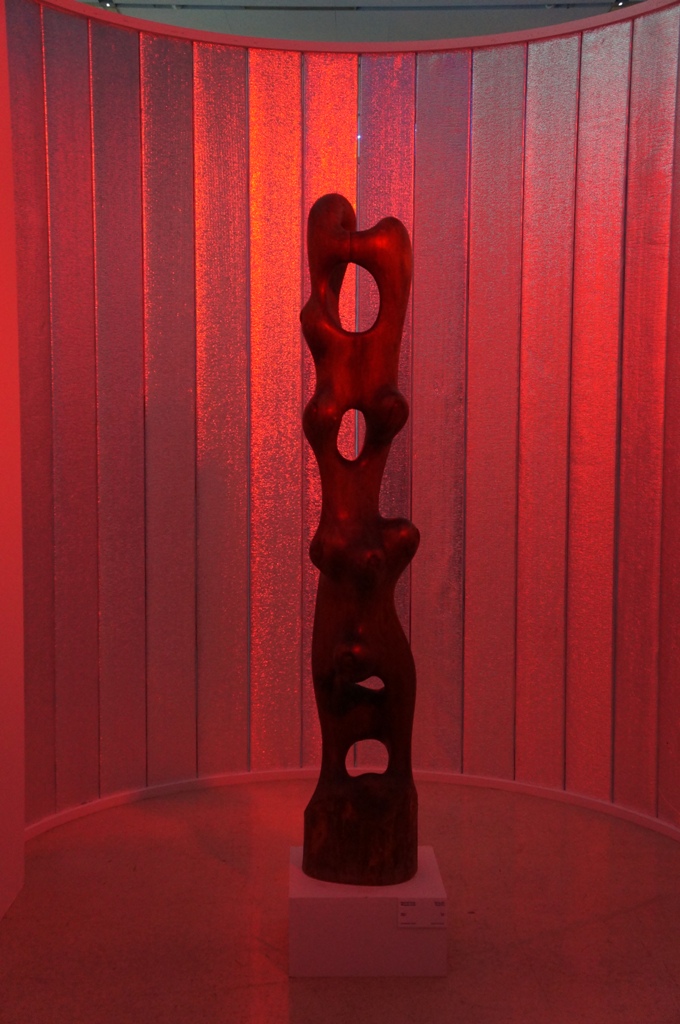
This re-evaluation of Russian art history was the original intention of the curator and the exhibition-architect. They wanted a re-reading of the Nonconformists, predominantly Sidur, and took it as the basis for the whole project. That’s why they built almost a labyrinth of podiums, walls and columns, played with museum lighting, mixed and rhymed artworks of LeSS and their contemporaries with sculptures, installations and videos of 1990s-2010s’ artists such as Anatoly Osmolovsky, Haim Sokol, Alexander Povzner, Kirill Preobrazhensky, Megasoma Mars etc.
Not every critic is pleased withthe installation, its alternative lighting and floor plan. But for sure we can finally see sculptures that have not been shown a lot. Experimenting with the presentation Trakhtenberg and Tolpin tried to show this exhibition is not an orthodoxy of any kind. It wanted to provoke some debates, which indeed took place.
It is sad that this discussion was interrupted by the vandals. Still we have to thank them for making this show more visible, even outside of Russia.
P.S. On August 26 the exhibition was attacked by vandals the second time. Two persons came to Manege and damaged another piece of Sidur saying: "Now we are going to destroy you!". At the same time unknown vandals ruined sculpture of Mephistopheles on facade of the Modern building in St.Petersburg. And there will be more and more cases of that kind until none of these vandals has been sentensed."
The Sculptures We Do Not See
Central Manege, Moscow
14 August — 6 September 2015
METROPOLIS M ZOEKT LEDEN DIE HET ABONNEBESTAND KOMEN VERSTERKEN. WORD ABONNEE EN KRIJG METROPOLIS M HET EERSTE JAAR VOOR 40 EURO (ZES NUMMERS). MELD JE HIER AAN. DAN STUREN WE JE NUMMER 4-2015 + DE EINDEXAMENBIJLAGE DIRECT OP
Sergey Guskov


